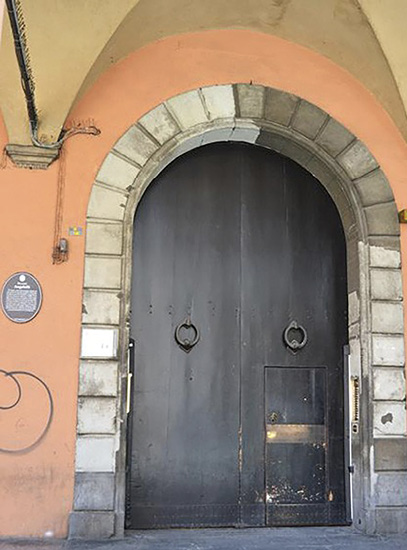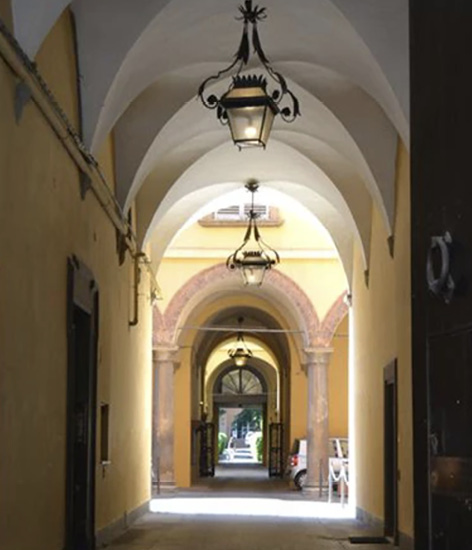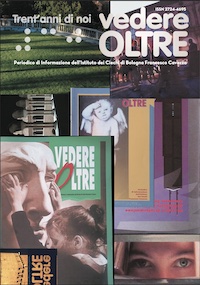This time, to tell the story of another theater no longer extant in Bologna, we have to go back to the 18th century and enter the 16th-century Angelelli Palace at 51 Strada Maggiore.
The story of our umpteenth noble theater is somewhat strange, but by now we’ve seen it all when talking about performance.
The owners are two very distinguished nobles, Nerio Lorenzo Malvezzi, an internationally respected politician and a marquis and knight of the Order of Sant’Uberto dall’Elettore Palatino, and his wife Maria Dorothea Wilhelmina von Metternich, who were gripped by a sudden fit of “melomania.” So, in 1710, in the still-existing riding school designed by Antonio Francesco Ambrosi and located at the rear of the courtyard with entrance on via San Petronio Vecchio, they decided to open a theater, stimulated by the success that opera was enjoying throughout the city and similar to what the noble Marsigli was doing in his palace just across the street.
The first opera, “Crisippo,” with libretto by Grazio Braccioli and music by Floriano Arresti, presented on 30 October 1710, didn’t have any singers in flesh and blood, but was “done with puppets,” as explained by the “Notice to the kind reader” in the preface to the libretto: “You will see this opera represented with artificial figures, which by their novelty and vagueness will form a noble and delightful subject for your gaze. The erudite style of Grazio Braccioli, author of the libretto, deserves the applause of your virtuous understanding, and the music of Floriano Arresti will surely delight the ear.”

Nevertheless, despite all his good intentions, the work was a resounding failure mentioned in all of the city’s chronicles, as in, for example, the “Zibaldone” by Antonio Barilli (1738), who recalls that in December, after a month of performances, “the opera in the Angelelli Theater closed because it was not liked,” or as pointed out in the “Diario” by Francesco Ghiselli, who hints at the “impresario’s loss in operas performed by puppets.”
But the marquis didn’t give up, since all the other theaters opened in the city (unlike his) were very successful. So, he tried again, and at the end of the year he presented (once again with puppets) another work: a musical divertimento entitled “Con l’inganno si vince l’inganno” (“Deceit defeats deceit”). The music is once again by Arresti, a famous and illustrious artist as well as the choirmaster of St. Peter’s Cathedral (Bologna).

Unfortunately, the result was the same as before: failure!
At this point the marquis threw in the sponge and suspended the performances until 27 December 1727, when he organized – once again with puppets – the famous “Gl’inganni amorosi scoperti in villa” (“Amorous deceptions discovered in villa”), by the Bolognese composer Giuseppe Aldrovandini.
But this too must not have been very successful, because there’s no news of any other performances until 1 November 1736, when the pastorale “Le vicende amorose” (“Amorous affairs”) became the last work in the strange and very short history of the Angelelli Theater.





.png)